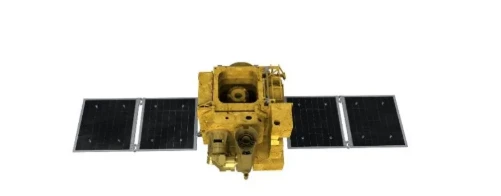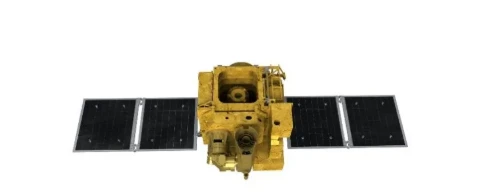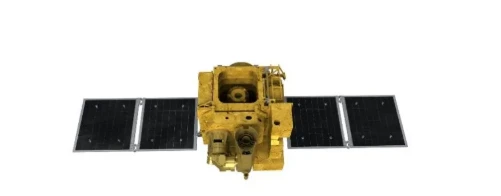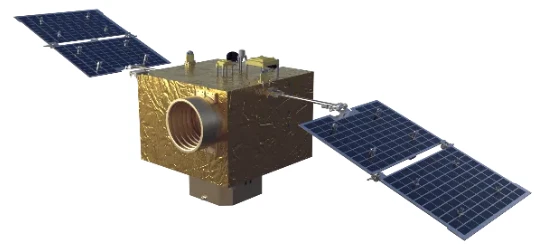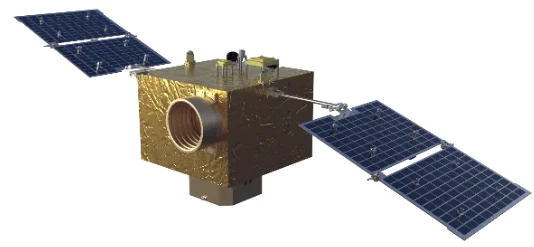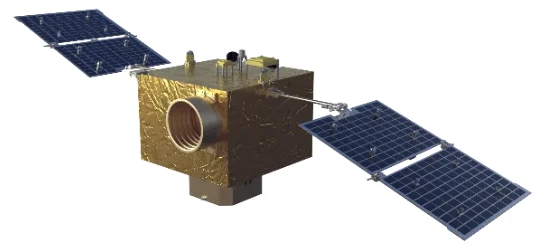
- אַפְרִיקַנִי
- אלבני
- אמהרית
- עֲרָבִית
- אַרְמֶנִי
- אזרבייג'נית
- באסקית
- בלארוסית
- בנגלית
- בוסנית
- בולגרית
- קטלאנית
- סבואנו
- סִין
- קורסיקאי
- קרואטית
- צ'כית
- דַנִי
- הוֹלַנדִי
- אַנגְלִית
- אֶסְפֵּרַנְטוֹ
- אסטונית
- פִינִית
- צָרְפָתִית
- פריזית
- גליציאנית
- גרוזינית
- גֶרמָנִיָת
- יוונית
- גוג'ראטי
- קריאולי האיטי
- האוסה
- הוואי
- עִברִית
- לֹא
- מיאו
- הוּנגָרִי
- איסלנדית
- איבו
- אינדונזית
- אִירִית
- אִיטַלְקִית
- יַפָּנִית
- ג'אוואנית
- קנאדה
- קזחית
- חמר
- רואנדה
- קוריאנית
- כּוּרדִי
- קירגיזית
- עֲבוֹדָה
- לָטִינִית
- לטבית
- ליטאית
- לוקסמבורג
- מקדונית
- מלגזית
- מלאית
- מלאיאלאם
- מלטזית
- מאורי
- מראטי
- מוֹנגוֹלִי
- מיאנמר
- נפאלית
- נורבגית
- נורבגית
- אוקסיטנית
- פשטו
- פַּרסִית
- פּוֹלָנִית
- פורטוגזית
- פנג'בי
- רומנית
- רוּסִי
- סמואנית
- גאלית סקוטית
- סרבית
- אַנגְלִית
- שונה
- סינדהי
- סינהאלה
- סלובקית
- סלובנית
- סומלי
- סְפָרַדִית
- סונדני
- סוואהילית
- שוודית
- טאגלוג
- טג'יקית
- טמילית
- טטרית
- טלוגו
- תאילנדית
- טוּרקִית
- טורקמנית
- אוקראינית
- אורדו
- אויגורי
- אוזבקית
- וייטנאמית
- וולשית
- עֶזרָה
- אִידִישׁ
- יורובה
- זולו
How Satellite Platforms Are Shaping The Future Of Remote Sensing
The advancement of satellite platforms has been instrumental in expanding the capabilities and applications of remote sensing technologies. These platforms provide the critical infrastructure that enables sensors to operate in space, collecting data essential for environmental monitoring, resource management, and scientific research. Among the many forms of platforms, cubesat platforms are emerging as innovative solutions that offer cost efficiency and deployment flexibility.
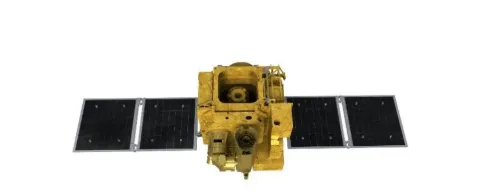
The Role Of Satellite Platforms In Remote Sensing Missions
A פלטפורמת לווין serves as the base structure that supports remote sensing payloads, including cameras, spectrometers, and radars. It manages power supply, thermal balance, and orientation to ensure accurate data collection. In the context of satellite platforms in remote sensing, these factors determine the success and longevity of observation missions.
Larger platform satellites typically provide broad coverage and house complex sensor arrays capable of multi-modal imaging. However, the development cycle and launch costs often restrict how frequently these satellites can be updated or replaced.
Benefits Of Cubesat Platforms For Remote Sensing
Cubesat platforms have revolutionized space access by offering standardized, miniaturized satellites that are cheaper and faster to produce. Their compact size does not compromise their capability; many cubesat platforms now carry advanced imaging instruments capable of capturing high-resolution multispectral satellite imagery.
These platforms enable constellation deployments, allowing for more frequent imaging and near real-time data collection, which is vital for applications such as disaster response and precision agriculture. The affordability of cubesat platforms also democratizes space usage, enabling academic and commercial players to contribute to remote sensing advancements.
Integration With Satellite Communication Technologies
For satellite platform in remote sensing to be effective, the collected data must be efficiently transmitted to Earth. Modern satellite platforms often incorporate advanced communication systems, leveraging satellite internet and VSAT networks to ensure quick data downlink.
The emergence of satellite as a service models further streamlines data access, providing end-users with processed and analyzed information via cloud platforms. This integration enhances decision-making processes in sectors reliant on timely satellite data.
In conclusion, the evolution of satellite platforms, particularly cubesat platforms, is transforming remote sensing by improving accessibility, reducing costs, and enhancing data delivery. As satellite and communication technologies continue to advance, the potential for impactful Earth observation and monitoring will expand significantly.






